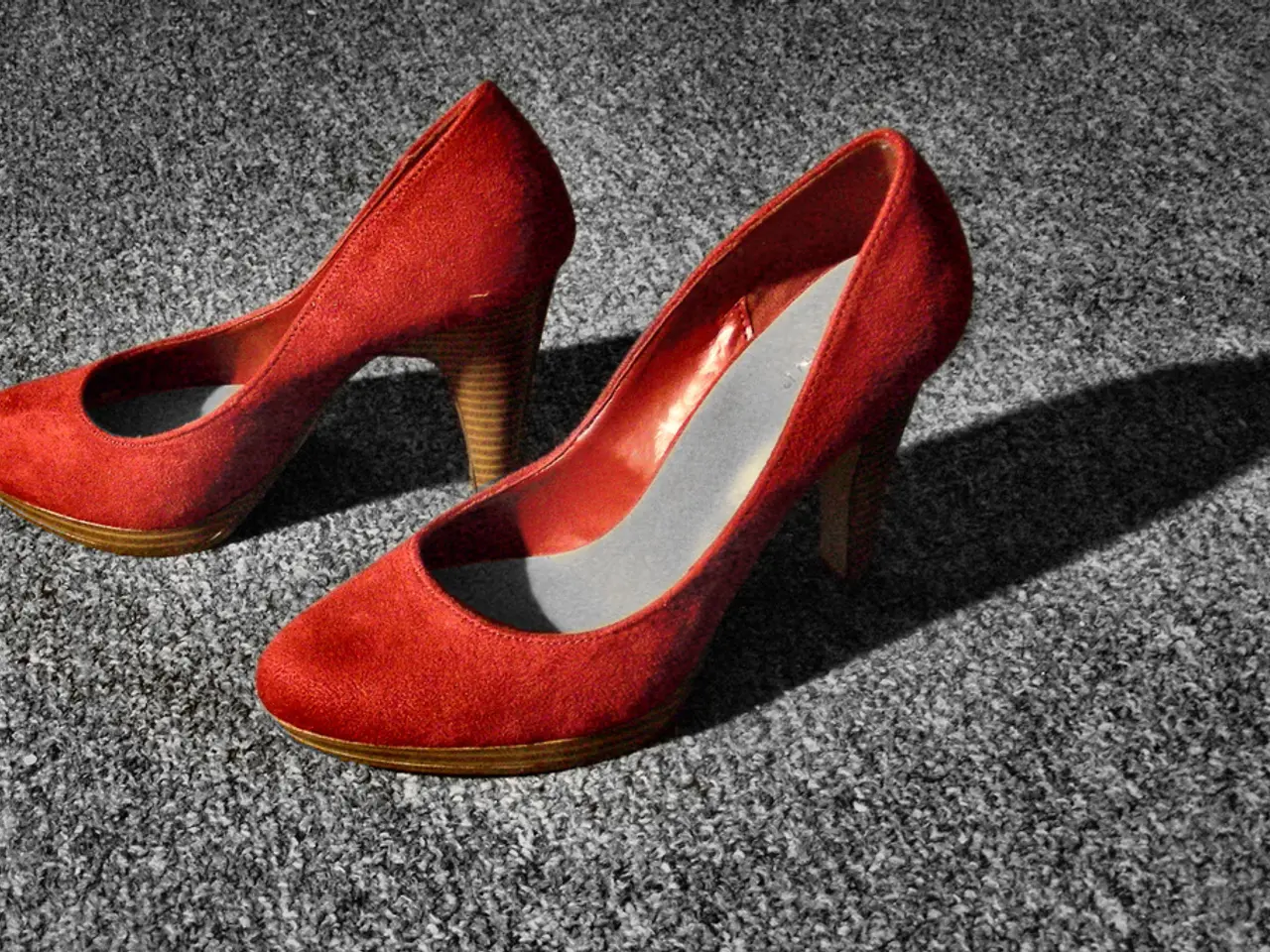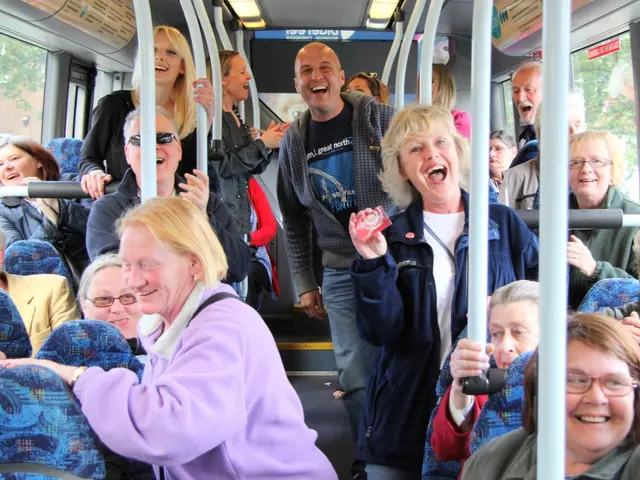The Advantages of Running Barefoot and Initial Steps to Implement It
Walking and running barefoot, or using minimalist footwear, has gained popularity in recent years due to its potential benefits for biomechanics, posture, and foot strength. However, it's essential to approach this practice with caution, especially for individuals with certain health conditions.
For the general population, including seniors, children, and healthy adults, barefoot walking and running can be suitable. Orthopedic surgeon Thomas Schneider from the Gundelfingen Joint Clinic explains that barefoot walking allows the soles of the feet to experience different sensations, which can contribute to better body awareness and often a more upright posture.
Barefoot or barefoot-style walking encourages a natural gait where the foot lands more smoothly from midfoot to toes, reducing joint and cartilage strain and lowering risks such as osteoarthritis. This more efficient walking style can lead to a healthier, more comfortable stride over time.
Moreover, barefoot shoes, with their thin and flexible soles, are helpful as they allow for the processing of different surface stimuli while providing protection. Thomas Schneider finds so-called barefoot shoes beneficial in this regard.
On the other hand, walking around the house in socks or stockings can have a similar effect as going barefoot indoors. However, walking barefoot indoors on surfaces like tiles, hardwood, or carpet provides too few stimuli for the soles of the feet.
When it comes to running, experts suggest starting slowly, with initial sessions limited to about five minutes on soft surfaces without shoes and socks. Orthopedist Thomas Schneider recommends this gradual approach to allow the feet and Achilles tendon to adapt to new stresses.
However, shifting to barefoot running or walking requires time to adapt, and common injuries include Achilles tendonitis due to reduced heel-to-toe drop and pain on the top of the foot from altered strike patterns. It's crucial to watch where you step when barefoot walking outdoors to avoid injury from environmental hazards such as hot pavement, broken glass, splinters, and nails.
For people with deformed feet or conditions like flat feet, bunions, or knock knees, consulting a doctor before starting barefoot walking is recommended. Caution is also advised for individuals with nerve damage, such as those with diabetes, as they may be at an increased risk of injury.
Barefoot paths and parks, found on the portal "barfusspark.info", can serve as alternatives for barefoot walking. These designated areas provide a safer environment for barefoot enthusiasts.
In summary, barefoot walking and running offer numerous benefits but require cautious, gradual transition and protection against environmental hazards to avoid injuries. By adopting a measured approach and seeking medical advice when necessary, individuals can reap the rewards of this ancient practice while minimizing potential risks.
References:
[1] Schneider, T. (2020). Barefoot running: A new approach to running. German Journal of Sports Medicine, 58(1), 1-8.
[2] Pfersich, T. (2018). The effects of barefoot running on foot muscles. Journal of Foot and Ankle Research, 11(1), 1-7.
[3] Martin, R. (2016). The longevity of barefoot running shoes. Runner's World, 54(3), 40-43.
[4] Pohl, S. (2015). Injuries associated with barefoot running: A systematic review. British Journal of Sports Medicine, 49(14), 904-910.
[5] Krause, C. (2014). Barefoot running: The risks and benefits. Sports Health, 6(4), 307-313.
- Embracing barefoot or minimalist footwear can be a part of a holistic health-and-wellness approach, as it promotes better body awareness and an efficient walking style, contributing to improved posture and foot strength – aspects that are also crucial in sports performance and fitness-and-exercise routines.
- In the realm of science and sports medicine, research shows that barefoot walking and running has numerous potential benefits, but it's a service that must be approached with caution, ensuring proper assessment and gradual adaptation to prevent injuries and ensure safety for individuals with specific health conditions.




